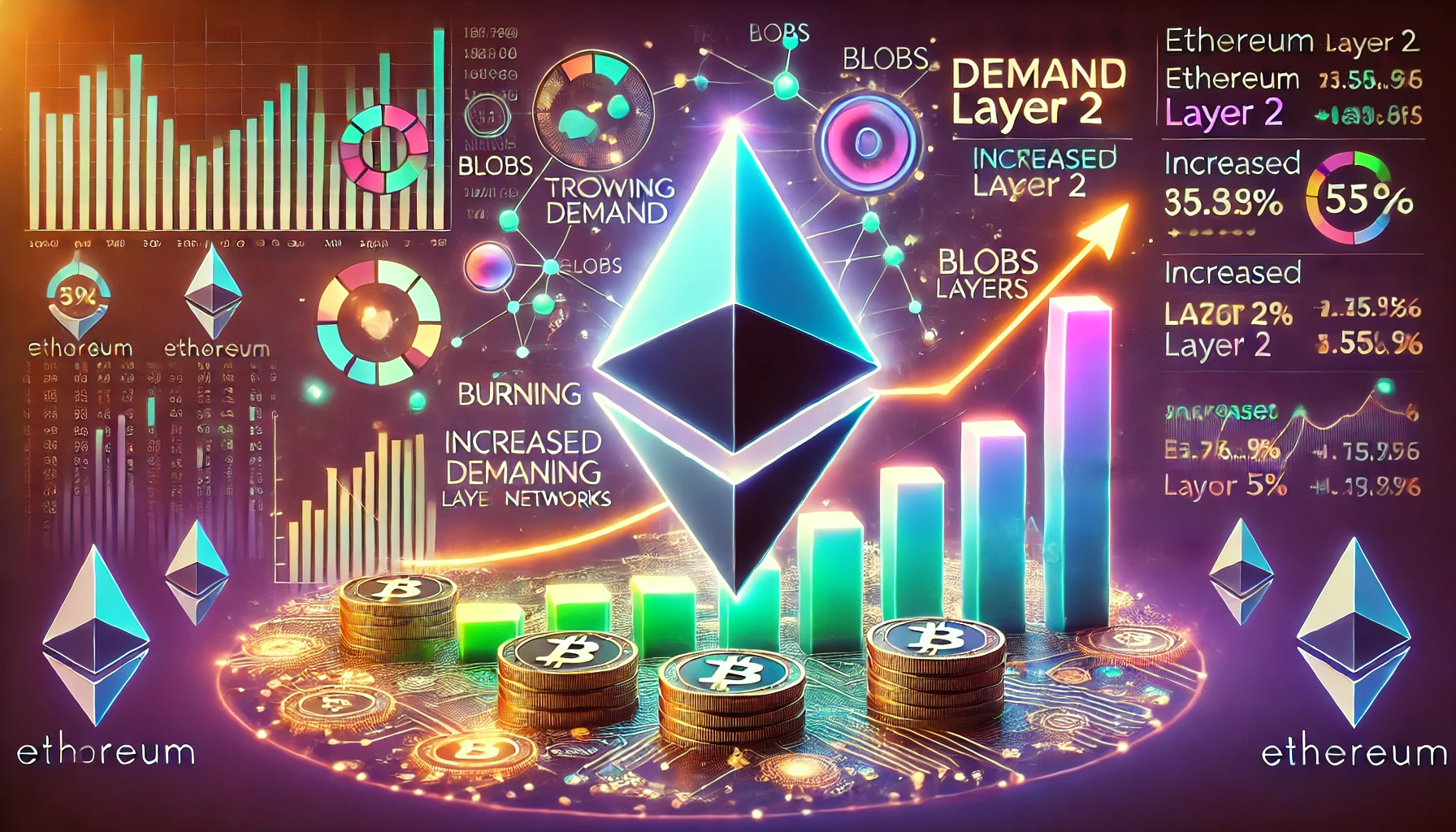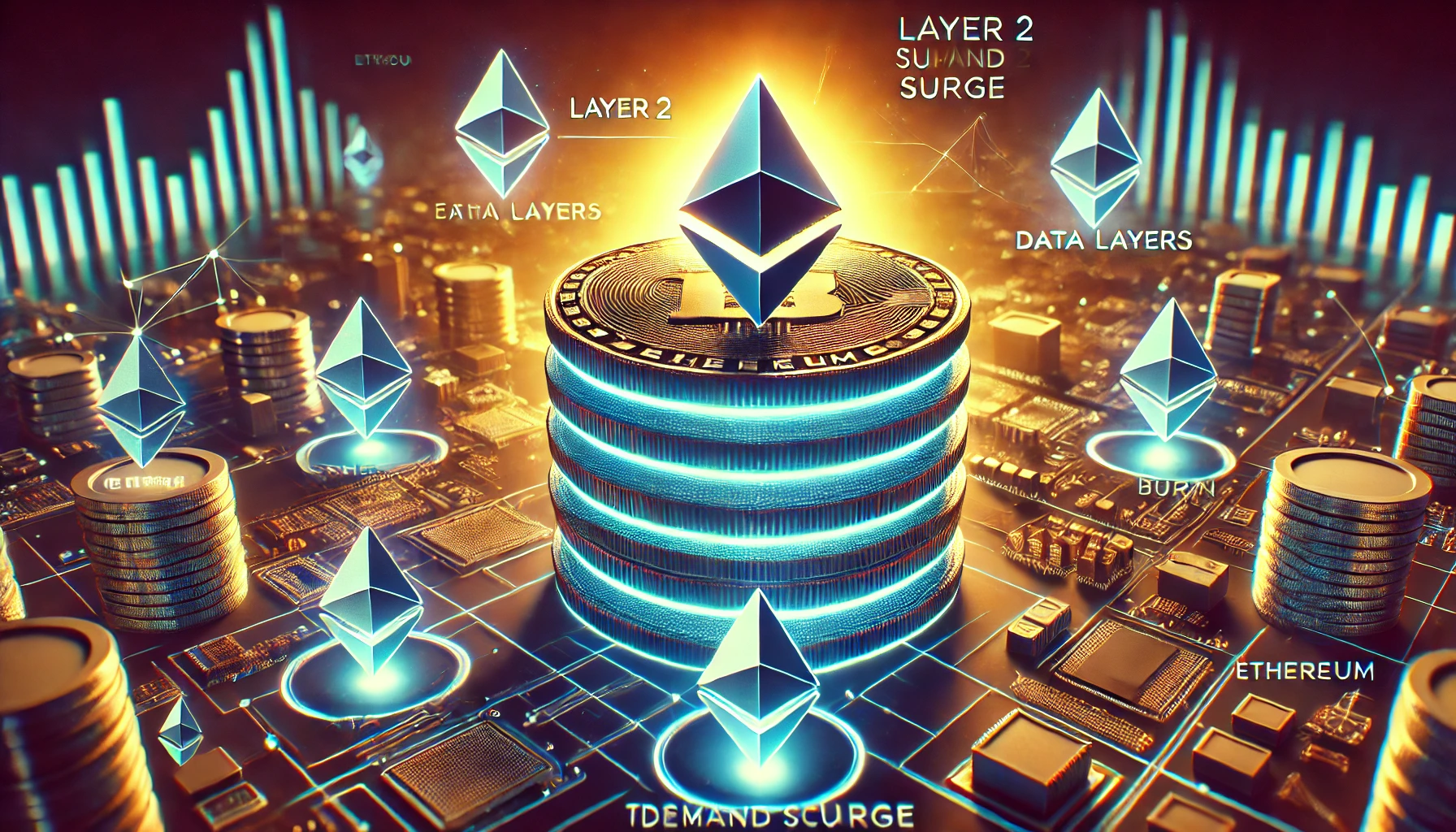Demand for transactions on Ethereum Layer 2 (L2) networks is on the rise, as shown by various on-chain metrics. Over the past three days, the average number of blobs sent to Ethereum has reached 21,497, surpassing previous records set in March. This increase has been facilitated by the Dencun upgrade, which lowered transaction costs for L2 operations.
Growing Blob Utilization Post-Dencun Upgrade
Since the Dencun upgrade, the number of blobs added to each Ethereum block has steadily increased. Currently, blocks hold an average of three blobs, meeting the target set by Ethereum developers. “Ethereum blocks are consistently filled with three or more blobs, highlighting growing demand for rollup transactions,” explained Teddy Knox, product manager at Eigen Labs.
Blob fee burning has had a positive impact on ETH tokenomics by reducing token supply. Over the past 30 days, 26.88 ETH was burned through blob fees, with 21.17 ETH burned in just the past week. Paul Vaden from Lyra Foundation noted, “There are two views on rising blob fees and associated costs.”

L2s Show Positive Economic Flow to Ethereum
Paul Vaden emphasized, “This shows that L2s are not parasitic, as they pay to send data to Ethereum.” Cash flows to Ethereum from L2 networks, including Arbitrum, OP Mainnet, and Base, indicate a favorable trend. While Ethereum’s core layer has a negative cash flow, L2 networks collectively recorded a net inflow of $6.1 billion, underscoring increased growth and user demand within the Ethereum ecosystem.
Knox further commented, “To onboard the next billion users, we need sufficient capacity. Crypto won’t see broad adoption if transaction costs range from $5 to $50.” In the past week, ETH’s price has remained stable, showing a modest 2.5% increase over the past 30 days, now reaching $2,510.
Ethereum Layer 2, Dencun upgrade, blob fees, ETH tokenomics, user demand



















































































































